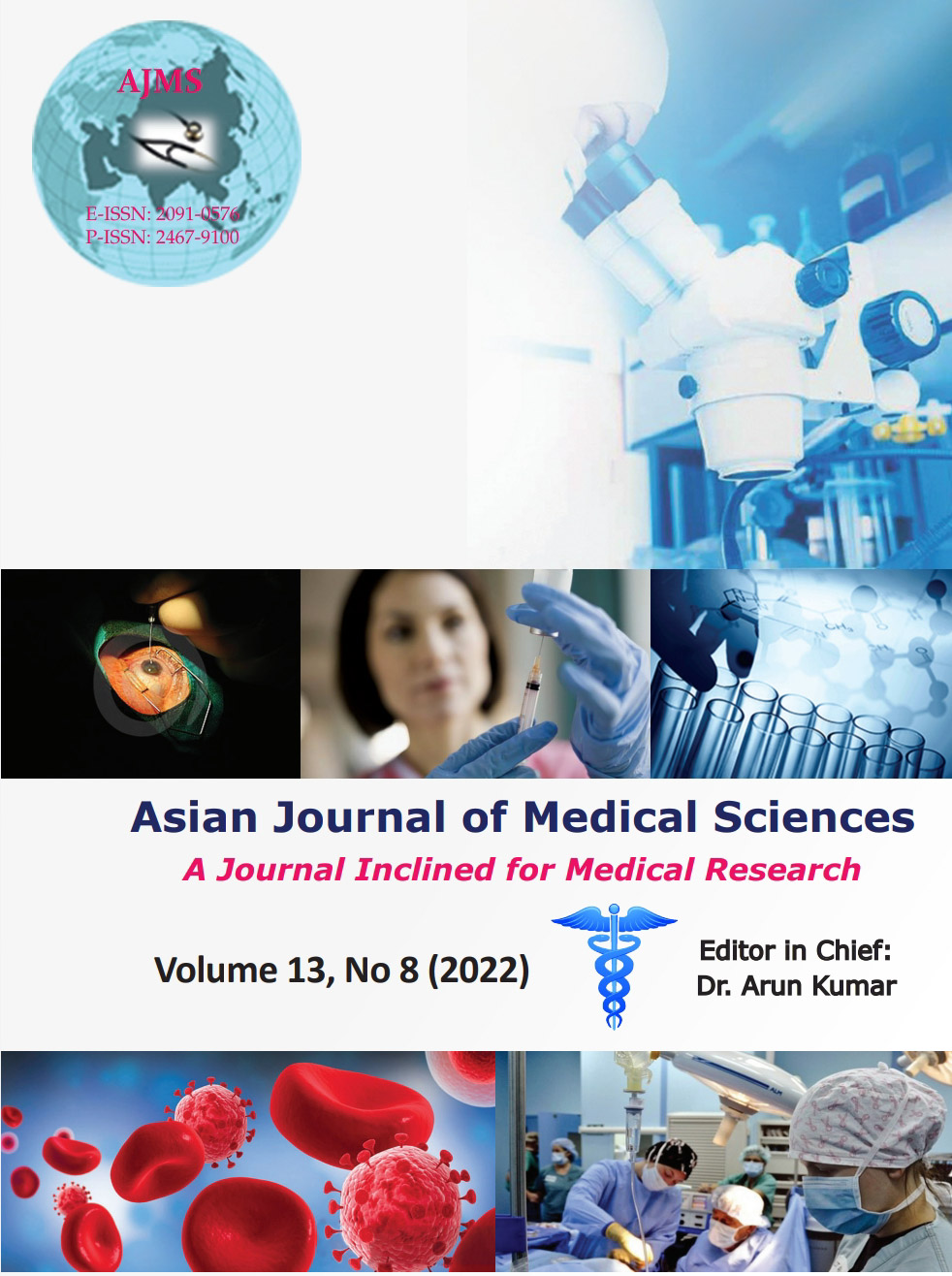Comparison of balanced anesthesia in spine surgery with dexmedetomidine added to sevoflurane and dexmedetomidine added to desflurane on recovery profile
Keywords:
Balanced anesthesia; Sevoflurane; Desflurane; Dexmedetomidine; Fast-track criteriaAbstract
Background: Spine surgery is challenging to anesthesiologist due to various factors. It is important to provide intraoperative hemodynamic stability, clear surgical field and a conscious, and pain free comfortable patient post-operative. Sevoflurane and desflurane provide rapid recovery. Dexmedetomidine provides sedation, stable, hemodynamics and analgesia. Dexmedetomidine has become an integral part of balanced anesthesia along with inhalational anesthetics in spine surgery.
Aims and Objectives: Our study was done to compare recovery profile of sevoflurane and desflurane with dexmedetomidine and compare total dose of dexmedetomidine required in both the groups.
Materials and Methods: Sixty ASA I-II patients undergoing spine surgery were randomly divided into two groups: Group A – Sevoflurane + Dexmedetomidine and Group B – Desflurane + Dexmedetomidine. Postoperatively, time to eye opening and extubation time was measured. The patient was shifted to post-anesthesia care unit (PACU) 10 min after extubation. Fast-track criteria (FTC) score was assessed for 1 h post-extubation in PACU.
Results: Mean time to eye opening in Group A: 13.07±2.08 min which was significantly longer than in Group B: 9.17±2.23 min (P<0.05). Similarly, mean extubation time was shorter in Group B than in Group A, 12.77±2.50 min versus 17.83±2.68 min, respectively (P<0.05). FTC score was significantly higher in Group B as compared to Group A at all times (P<0.05), except at 60 min, when it was similar (P=1.000). Discharge criteria from PACU in all patients were achieved at 15 min in Group B, while in Group A, it was achieved at 30 min.
Conclusion: We found that desflurane and dexmedetomidine combination is superior to sevoflurane and dexmedetomidine in time to eye opening and extubation time. Higher post-anesthesia recovery score (FTC score) is seen in desflurane/dexmedetomidine group than sevoflurane/dexmedetomidine group.
Downloads
Downloads
Published
How to Cite
Issue
Section
License
Copyright (c) 2022 Asian Journal of Medical Sciences

This work is licensed under a Creative Commons Attribution-NonCommercial 4.0 International License.
Authors who publish with this journal agree to the following terms:
- The journal holds copyright and publishes the work under a Creative Commons CC-BY-NC license that permits use, distribution and reprduction in any medium, provided the original work is properly cited and is not used for commercial purposes. The journal should be recognised as the original publisher of this work.
- Authors are able to enter into separate, additional contractual arrangements for the non-exclusive distribution of the journal's published version of the work (e.g., post it to an institutional repository or publish it in a book), with an acknowledgement of its initial publication in this journal.
- Authors are permitted and encouraged to post their work online (e.g., in institutional repositories or on their website) prior to and during the submission process, as it can lead to productive exchanges, as well as earlier and greater citation of published work (See The Effect of Open Access).




